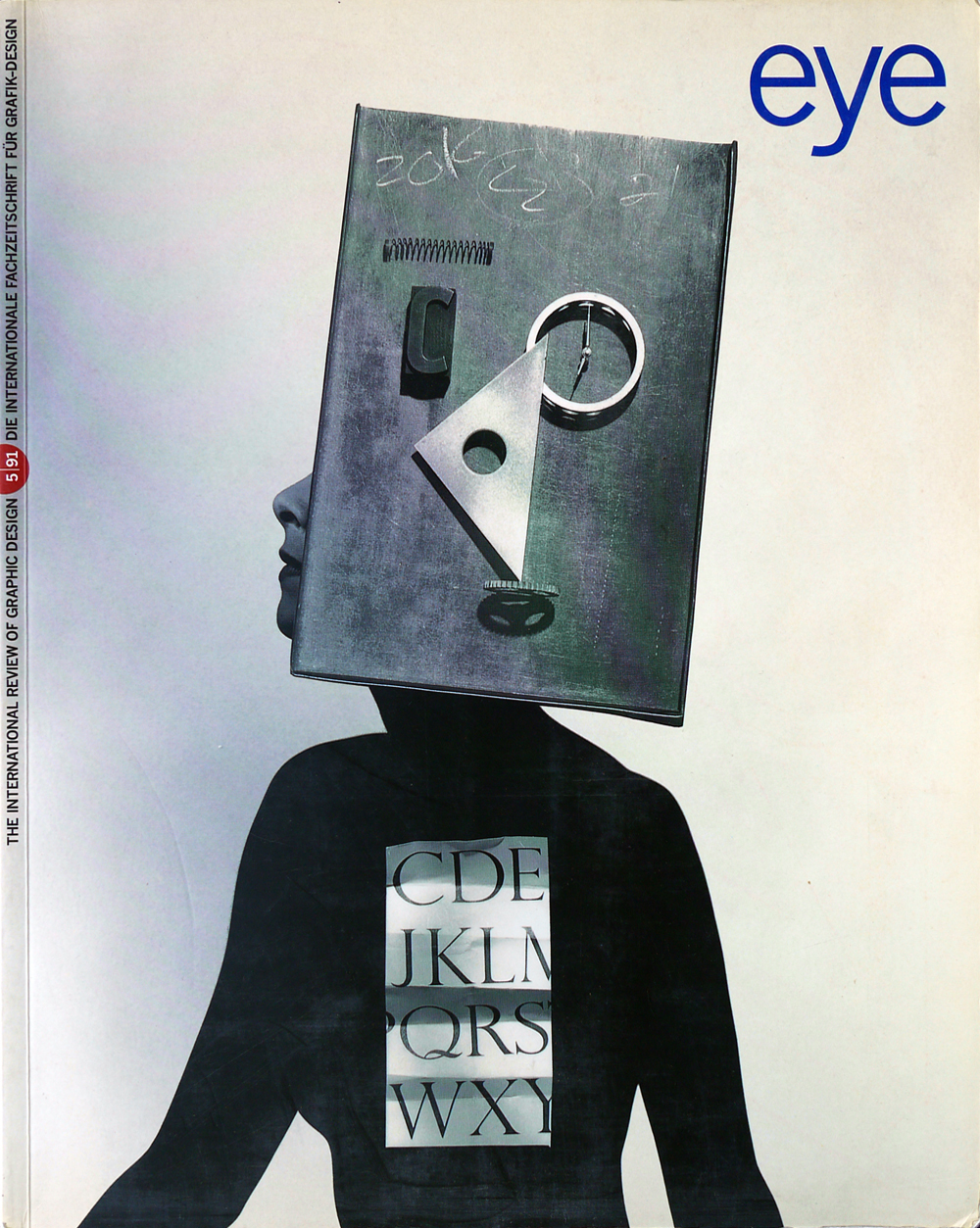Winter 1991
Rhetoric of the square
Blank Page
B4 Publishing, £300 (issue 6), £950 (issues 1-6 as a set)Blank Page, a series of six ‘books’ or portfolios, each of which finds coherence in a central theme, appeared biannually between December 1988 and September 1991. The continuity of the series is suggested by its title, an allusion to the inquiries of the Constructivist poet Vladimir Mayakovsky into the artistic possibilities of a square on white canvas.
In this instance, the canvas is quite literally a blank page, on which 110 artists and writers of international stature have been commissioned to contribute original work largely without the restrictions of editorial control (although the publishers did reserve the right to refuse work they considered to be inappropriate). The submissions include drawings, screen prints, lithographs, photographs, woodcuts, collages and laser prints (each individually numbered and signed). In many instances, the artwork has been ‘tipped’ into the A3 page, an appealing aspect of the series. The uniqueness of Blank Page lies above all in the creation of a symbiotic relationship between the conventional typographic page and the highly individualistic artwork.
Blank Page is inspired by the Bauhaus and early Modernist aesthetics, in particular the combination of Cubist painting and Futurist poetry, and the consequent emergence of contemporary graphic design. The series is not simply an example of post-modern revivalism; rather, it seeks to develop themes that emerged in the early modern period by experimenting with similar textual and graphic concepts. Many of the contributors are among the original proponents of the ‘isms’ of modern art and the final book, in particular, is an explicit tribute to the development of abstract art, with work by Marcel Baugniet (Belgium), Cesar Domela (The Netherlands) and Gottfried Honegger (Switzerland) to list only a few. New Constructivist work is included, especially in the second book, which contains works by a younger generation of artists, among them Dré Devens (The Netherlands), Ernest Edmonds (Britain) and Tadeusz Myslowski (Poland). The second issue also pays homage to Kasimir Malevich and the black square of Suprematism in ‘Dialogue M’ by the Polish artist Andrej Dluzniewski. The rhetoric of the square is the chief unifying device for the series.
The early multidisciplinary nature of educational training in institutions such as the Bauhaus encouraged important methodological and ideological exchange between artists and designers. Several contributors to Blank Page have demonstrated a facility for crossing the artificial barriers between fine art and graphic design. German born Anton Stankowski explores the relationship by creating visual forms that reveal underlying dynamic forces. This approach, developed in designs for clients such as Standard Elektrik Lorenz AG in the 1950s, is still evident in his print in book six.
The included writings of the late Stefan Themerson also promote interdisciplinary reflection. Themerson, a pioneer of avant-garde film-making in Poland, is remembered for a number of important essays on typography and graphic design, especially ‘Ideógrammes Lyriques’, written for Herbert Spencer’s Typographica 14 (December 1966). Along with his wife, the painter Franciszka Themerson, he co-founded Gaberbocchus Press in Amsterdam in 1948, publishing works by Apollinaire, Kurt Schwitters and Bertrand Russell. A selection of Themerson’s own writings from the period 1949-1975 appears in the second book together with illustrations by Franciszka. Themerson’s interest in the visual nature of typography is reflected by his essay on ‘The Semantic Poetry Translation of “Drinking Under the Moon” by Li Po’.
The Futurist concept of writing / typography as concrete visually expressive form is explored in the word-images contained in book five. The German art historian Dietrich Mahlow introduces this theme in his essay, ‘Blank and Languages’, by presenting contributors’ definitions and visual interpretations of conceptual art and poetry. This issue also includes works by established visual poets, such as Ilse and Pierre Garnier (France), Arrigo Lora-Totino (Italy) and Emmett Williams (USA), who investigate the relationship between typographic and conceptual image. This is one of the more successful books in the series, providing a coherent body of work devoted to a key theme for anyone interested in the history of graphic design.
If there is a conceptual or perhaps mechanical flaw in Blank Page, it may lie in an occasional overemphasis on typographic form, often at the expense of textual content. Whether this is an unanticipated psychological response to the large A3 format, or to the intensity of the forms themselves, is hard to determine. Nevertheless, the viewer is sometimes inhibited from reading the varied texts contained in each issue and an important ingredient is overlooked. Perhaps the most ponderous item is a fragmented text by Jean-François Lyotard in book four. It is ironic but reassuring to find a well known postmodernist within the covers of a decidedly Modernist venture.
First published in Eye no. 5 vol. 2, 1991.
Eye is the world’s most beautiful and collectable graphic design journal, published for professional designers, students and anyone interested in critical, informed writing about graphic design and visual culture. It is available from all good design bookshops and online at the Eye shop, where you can buy subscriptions and single issues.

